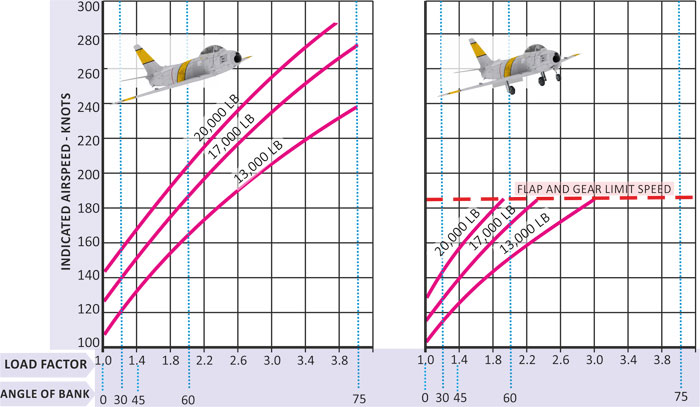El F-86F Sabre diseñado por North American fue el caza occidental más capaz desde principios a mediados de la década de 1950. Este caza monomotor con alas en flecha fue el avión occidental más importante de la Guerra de Corea y a menudo se enfrentó a los MiG-15 de fabricación rusa en el infame "Callejón de los MiG". Fue una dura lucha no sólo por el cielo coreano, sino también entre dos excelentes constructores de aviones de Oriente y Occidente. Además de su función principal como caza aire-aire, el Sabre también podía llevar bombas y cohetes aire-tierra para atacar objetivos terrestres.
La simulación del Sabre por Belsimtek es la recreación más auténtica de este famoso pájaro de guerra hasta la fecha. Siente lo que es pilotar el Sabre con un modelo de vuelo profesional, una cabina interactiva, armas totalmente funcionales, un detallado modelo de daños y un avión profundamente detallado. Experimenta los puntos fuertes y débiles del Sabre en combate y descubre por qué los pilotos de caza experimentados suelen recordar el Sabre como el avión más divertido que han volado.
Como parte de DCS World, pilota el F-86F Sabre en un entorno de combate totalmente realista, con sistemas de armas operativos y amenazas aéreas y terrestres capaces.
Stalling in level flight occurs without warning shaking (typical for the unslatted F-86) to any side with a nosing down of the aircraft. Simultaneously, roll reversal manifests itself to the control stick input. The sign of upcoming stall may be developing includes vibrations, banking while holding the aircraft horizontally, and speed drop.
During landing, it is necessary to observe the recommended speed to prevent stalling speed in various configurations.
Stalling in level flight occurs at lower speeds based on configuration. This owes to the fact that in the flight at positive angles of attack there is a vertical component of the engine thrust decreasing value of the required lift and, consequently, value of the required angle of attack.
The presence of external loads increases the stalling speed approximately by 10 knots.
At vigorous pull-up command (due to the high controllability in pitch) can induce departure mode without the warning shaking with abrupt wing drop.

Recovery from a stall is performed by a slight pushover and increase of RPM.
An aircraft enters a spin in any configuration and in all the flight speed range up to the Mach number of 0.9. In any case, the spin is the result of stall at excessing available g forces during maneuvering or at the drop of speed lower than the allowable one for the current weight and flight configuration of the aircraft.
With the correct spin recovery technique taken into account and available altitude, aircraft recovery is possible from any kind of spin.
Upon entering a spin, the aircraft nose goes below the horizon to the angle of 50-75 degrees with a slow rotation. When the rotation rate increases, the aircraft nose goes up almost to the horizon. The first spin turn occurs approximately in 5-8 sec. with the altitude loss of 500-600 feet. During the next turn, the rotation rate increases with the diminution of amplitude of nosing up to the horizon and an increase of the climb angle to the vertical one.
At the same time, with each next turn the altitude loss increases and may reach 2.000 feet per turn.
Typically, the aircraft falls into a right-hand spin.
A spin with increased engine thrust is characterized by smaller climb angles and higher rotation rate.
A spin with minimal thrust or without power is characterized by a steeper (up to 90 degrees in the process of development) trajectory.
The spin quality does not change with the speedbrakes deployed.
In landing configuration, the spin peculiarity is smaller altitude loss at first turns.
With external fuel tanks, a change of spin direction may occur both upon entering the spin and after several turns.
Spin recovery occurs when the controls are set to their neutral position. As a rule, simultaneously, the aircraft recovers from the spin on its own with some delay.
For a controlled spin recovery, it is recommended:
If an aircraft carrying external loads has entered a spin and it is impossible to recover from the spin in the course of one or one and a half turns, then it is recommended to jettison all external loads and recover the aircraft from the spin according to the normal procedure.
It is forbidden to execute the following maneuvers:








